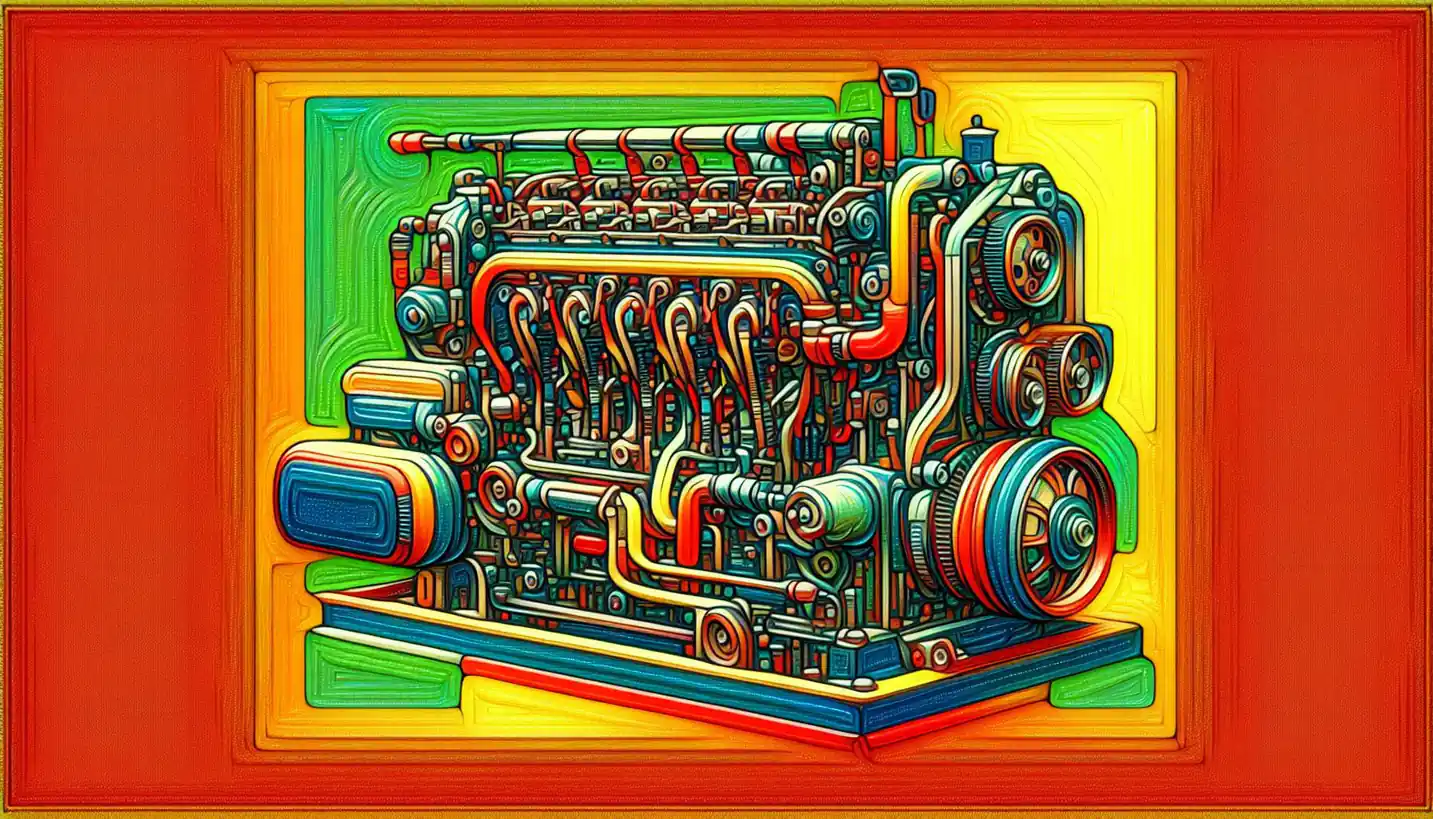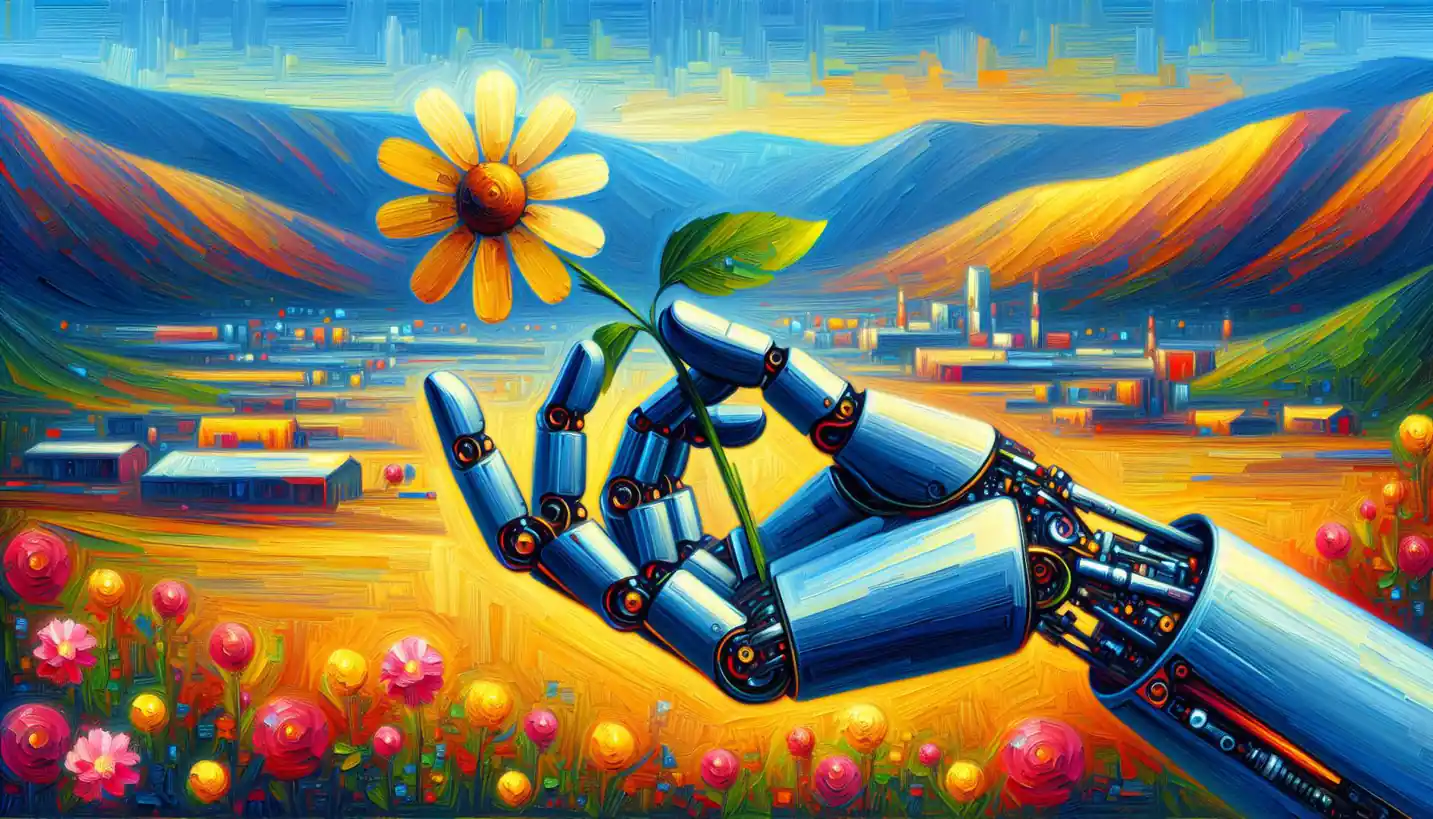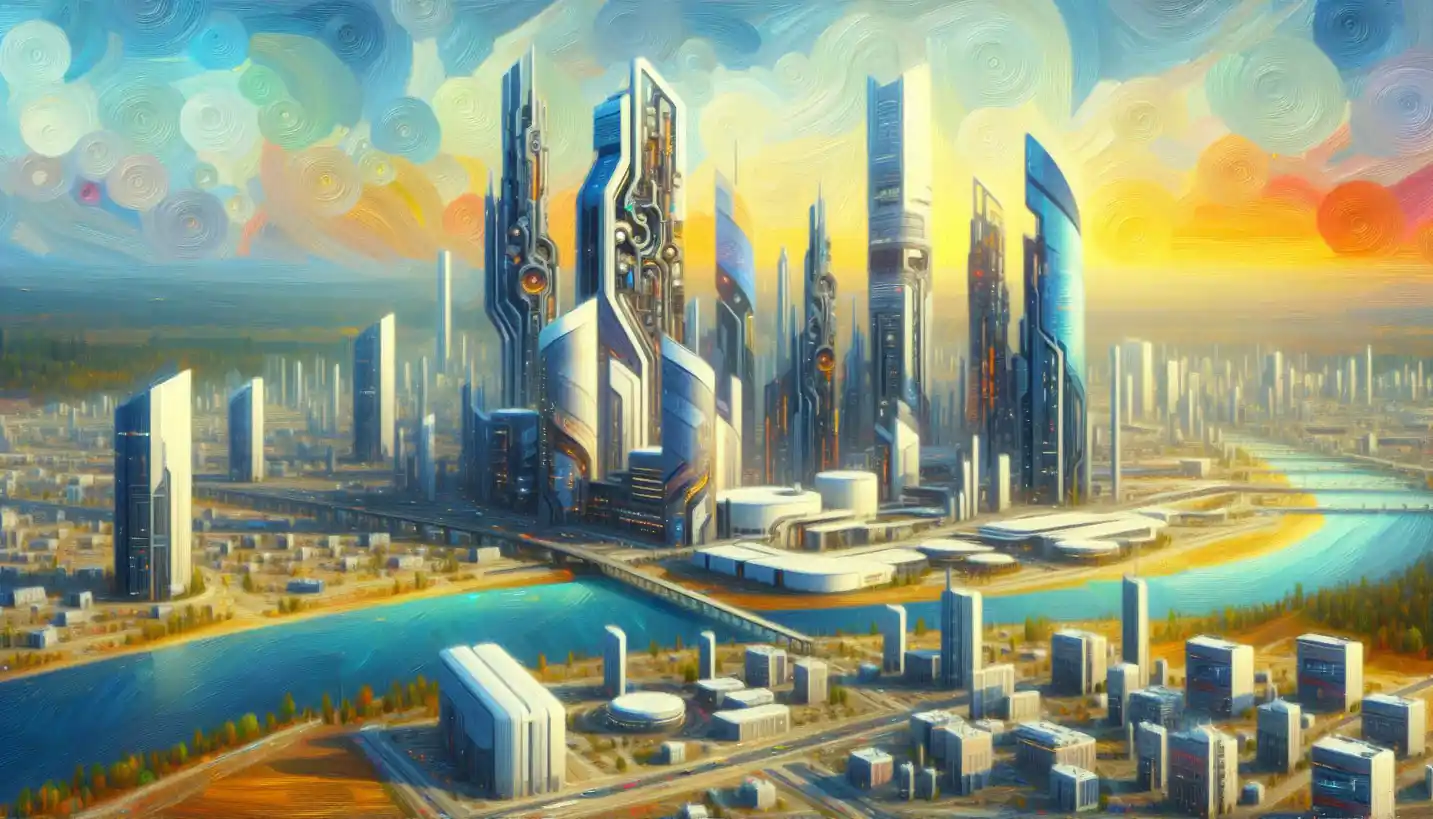· Engineering · 4 min read
Transportation Demand Management: Changing How We Move
Transportation Demand Management is reshaping how we navigate cities. Explore strategies that balance traffic flow and reduce congestion for better mobility.

Transportation is a major part of our daily lives, but it often comes with issues like traffic jams and pollution. Transportation Demand Management (TDM) is a smart way to tackle these challenges. Instead of building more roads, TDM focuses on getting the most out of what we already have.
TDM really took off in the late 20th century, a time when cities were bursting at the seams with cars. For years, the solution seemed to be building more roads. But it soon became clear that more roads just meant more traffic. That’s when TDM stepped in with a fresh perspective: What if we could change behavior instead of the infrastructure?
What is Transportation Demand Management?
In simple terms, TDM is all about managing how and when people travel. Think of it like organizing a big family meal. Instead of cooking more food, everyone coordinates so there’s enough for everyone. Similarly, TDM aims to use existing transportation resources better, ensuring a smooth ride for all.
Strategies might include encouraging people to carpool, use public transit, or shift their travel times to avoid peak hours. It’s a bit like encouraging people to visit the buffet at different times, so there’s less waiting around.
Examples of TDM in Action
Let’s take a look at some real-life examples to see how TDM can make a difference:
Carpooling and Vanpooling: Many workplaces encourage these options, often providing incentives like priority parking. Not only does this reduce the number of cars on the road, but it also helps cut down on emissions—much like sharing a cab with a friend reduces your fare and footprint.
Public Transit Improvements: Some cities offer discounted transit passes to encourage usage. This is somewhat like offering a loyalty card at your favorite coffee shop—you’re more likely to buy in if there’s a perk.
Telecommuting: An increasingly popular option, especially after the COVID-19 pandemic. By working from home, fewer people need to travel, which is akin to solving a puzzle by removing some of the pieces altogether.
Why TDM is Important
The importance of TDM lies in its smart approach to solving transportation issues. Let’s break down some key benefits:
Reducing Traffic Congestion: A less crowded road means smoother and faster commutes. Everyone gets to save time and reduce strain on mental health, which is invaluable.
Environmental Impact: With fewer cars, there’s less air pollution. This contributes positively to the global fight against climate change.
Cost-Effectiveness: Building new infrastructure is expensive. TDM solutions, in comparison, are a bargain.
Improved Quality of Life: Happier commuters result in reduced stress and more time for family or leisure, making cities better places to live.
The Future of TDM
As cities grow and evolve, the role of TDM continues to expand. Technology plays a major part in shaping its future.
Smart Technology Integration: Apps and digital platforms now help people plan routes, check traffic conditions, and find carpool connections with ease. Imagine having a digital concierge that makes your daily travel hassle-free.
Data-Driven Decisions: With advanced analytics, cities can predict traffic patterns and tailor TDM strategies. It’s a bit like a weather forecast for transport—they tell us when and where to expect congestion, so we can plan better.
Integrating Diverse Transport Options: E-scooters, bicycles, and rideshares are being woven into the urban fabric. These modes offer flexible alternatives that support TDM strategies by providing more choices that fit individual needs.
Paving the Way Toward Sustainable Transport
TDM continues to be a beacon for innovative, sustainable transportation—an essential part of urban planning in the 21st century. While it doesn’t solve all problems, it certainly makes a big impact with both immediate and long-term benefits.
A world where TDM thrives is one where every journey is a little bit easier, faster, and greener. Imagine stepping out your front door and knowing your city is working just as hard as you are to make sure you get where you need to be efficiently and sustainably. With continued innovation and public support, TDM could very well be the key to unlocking a future where transportation issues are a thing of the past.


